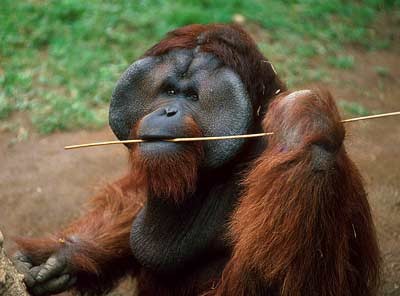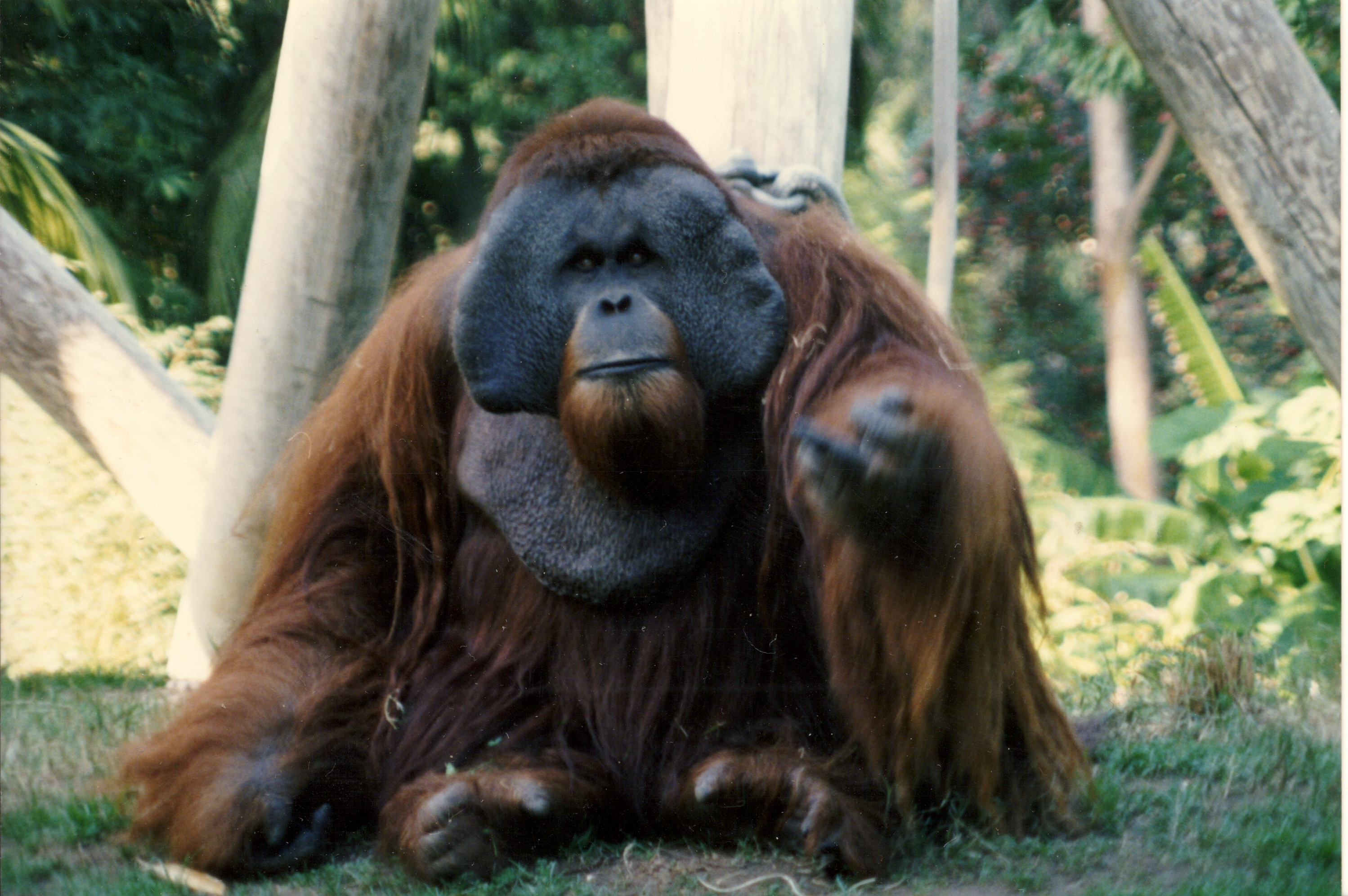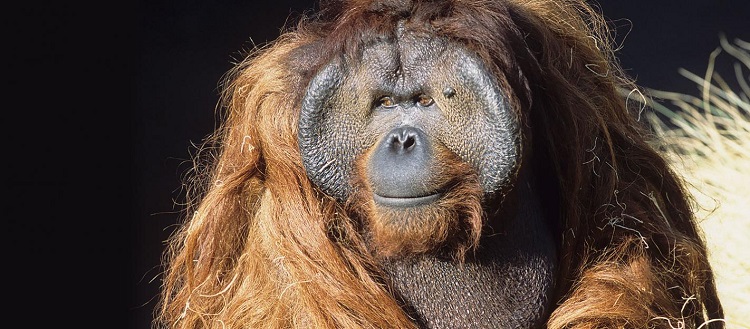Ken Allen was an orangutan at the San Diego Zoo that wanted to be a tourist. He remains a legend to this day.
The famous zoo is home to a variety of animals from all across the world. Some of these species are closely related to humans and have shown themselves to be crafty and smart.
One of the most famous examples of this creativity is a 250-pound Bornean orangutan named Ken Allen.
He became one of the most popular animals in the history of the zoo because he would casually escape his enclosure to explore the zoo on his own.
Ken Allen was raised in the Children's Zoo nursery and started his mischief at a young age. He was named after Ken Willingham and Ben Allen who secured him from his mother who attempted to smother him.
As a youngster, he would unscrew the nuts and remove the metal mesh top of his playpen so that he could "ramble around the nursery for the night". By morning he would hop back into his playpen and put it back together so no one was the wiser.
He kept this up for several nights before his keeper caught him!
Quickly earning the nickname "the hairy Houdini," Ken escaped his enclosure 3 times during the summer of 1985. During his explorations, he never acted violently or aggressively, and would just peacefully walk around the zoo looking at the other animals.
During his unscheduled strolls around the zoo, he would even sit at the edge of the exhibit and wait for his keeper to let him back in when he was done.
During his first escape on June 13, 1985 he walked down the public path towards the crowds of tourists, stopping to look at the other animals before he was ushered back to his cage.
A few weeks later in July, he managed to escape again. Zookeepers found him in front of another ape enclosure, tossing rocks at Otis, another orangutan and former pen-mate.
That next month, in August, Ken Allen found a crowbar in his pen that workers left behind. He tossed it to another orangutan, Vicki, who used it to pry open a window to let Ken out.
That's when his keepers tried to figure out how he was getting out. They observed him to try and catch him in the act, but he somehow knew he was under surveillance and was not fooled. They even tried to go "undercover" as tourists, but that didn't work either.
It was believed that the new security measures worked and that Ken Allen "settled down as a 'family man'."
Continue to the next page to see what he got up to next.
2 years later, he escaped again. Once again, he wandered around the zoo posing for photos with tourists. He was found by a zoo gardener before veterinarians were able to get him back into his enclosure.
Trying to think of something to keep him in his pen, they added female orangutans with the hope of distracting him.
"We thought maybe he was jealous of Otis's three female friends," zoo spokesman Jeff Jouett told the Times, "so we gave him four more, hoping to turn his wanderlust into just lust."

To make matters worse, other orangutans had begun to observe Ken and began escaping the enclosure as well.
A few months later, 25-year-old Jane and 9-year-old Kumang, found a 5-foot-long squeegee left behind by window washers and used it to climb up the wall. Jane was found walking on the path near the flamingo exhibit.
"All employees have been put on notice that the orangutans will use anything they can get their hands on to escape," Jeff Jouett, a zoo spokesman said. "Everyone is watching them a lot more closely, looking in to see if they have something unusual, making sure they're all there."
Since zoo workers were stumped- how the animals were escaping? They hired expert rock climbers to find any possible hand and food holds. These were eliminated at a cost of $40,000 and put an end to the escape artists.
During this time Ken was placed in an indoor pen while zookeepers increased the security of his exhibit.
Ultimately, there were a total of 9 breakouts, "with crowds cheering the apes on as keepers ran after them."
Ken Allen sadly passed away in 2000 at the age of 29 after a battle with cancer, but still remains a legend at the zoo.
Sources: TMI Things / San Diego Zoo / Newsweek





